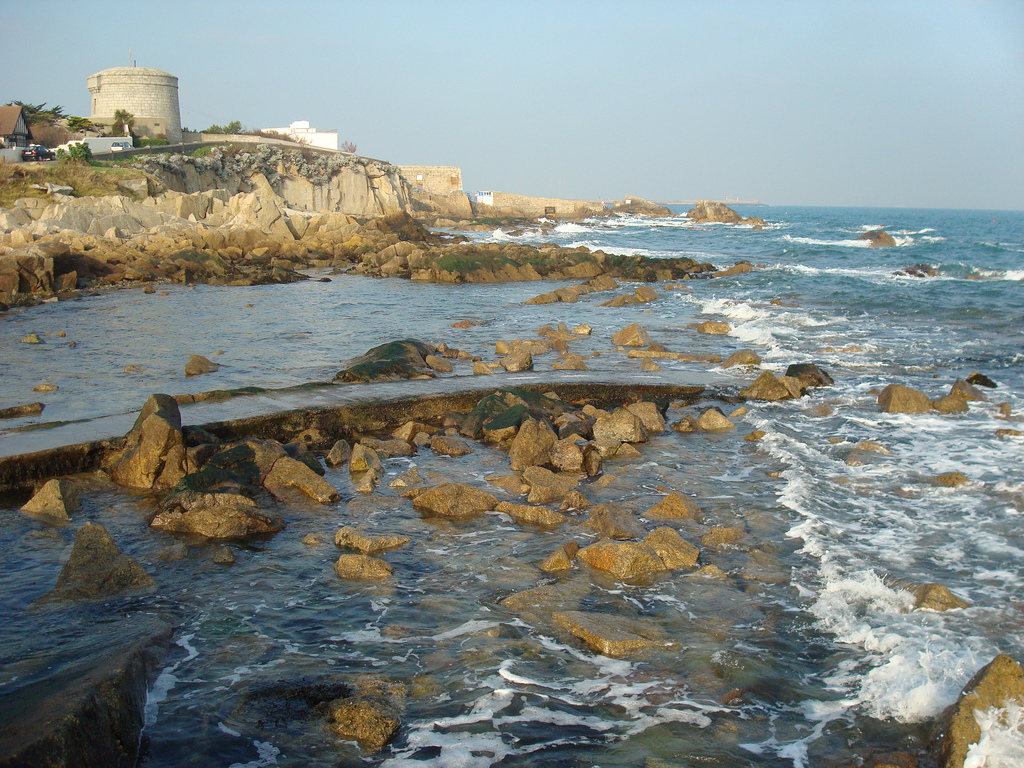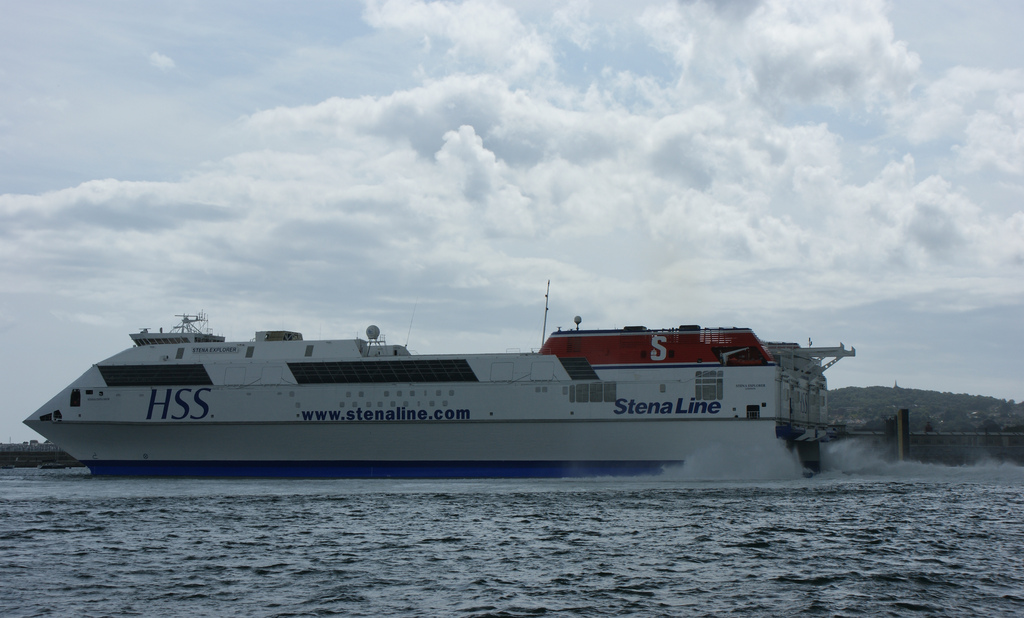The James Joyce Museum
The former Martello tower in Sandycove is now used to house the James Joyce Museum. Martello towers were built along the Irish coast by the British in the early 1800s to guard against the threat of French invasion. At that time Irish rebels, led by Wolfe Tone and then Robert Emmett, had allied themselves with Napoleon. Napoleon hoped to use ports on the East Coast of Ireland, such as nearby Dún Laoghaire to surround and launch an invasion of mainland UK; whereas Irish rebels hoped its fellow Catholic country France would help them to finally drive UK rule from Ireland, for good. Wolfe Tone’s rebellion ultimately ended in failure; whilst Robert Emmett was equally unsuccessful, but is now remembered and revered. A statue of Dubliner Robert Emmett can be found in Saint Stephen’s Green, and there is a quay named after Wolfe Tone that lines the River Liffey in central Dublin.
The original purpose of this Martello tower – which was built to preserve the UK’s influence over Ireland – contrasts sharply with the present purpose: to showcase the life and works of James Joyce, one of Ireland’s greatest literary heroes.

The Forty Foot
To the right of the Martello tower in the picture above, you will see a sea wall that ends abruptly before the sea – this is called the Forty Foot and is a popular place for wild sea swimming, snorkelling and diving. Behind this wall the beach is less rocky, and after visiting the museum you may want to take a dip, following in James Joyce’s footsteps.
The Irish Sea is not the warmest location for a swim, but it is extremely invigorating. You should make the effort to swim at least once during your holiday in Dublin. Forever immortalised by the novel Ulysses, this is one of the most famous swimming locations in the whole world.
The walk or cycle from Dún Laoghaire to Sandycove
In June 2013, Dublin County Council shelved plans to build the largest promenade (and cycleway) in Europe, which would have extended all the way from Sutton in North Dublin right along the coast to Sandycove in South Dublin. However, most coastal walks in South Dublin are already served by decent sea walls and nice promenades. The walk between Sandycove and Dún Laoghaire is an excellent choice if you like to go for gentle strolls during your holiday.
Sandycove and Glashule is the DART’s 13th stop on its journey south along the coast towards its final destination: Greystones. Dún Laoghaire is the twelfth stop, and if you get off at Dún Laoghaire DART station and turn left you can follow the coast towards Sandycove. It is difficult to get lost on this journey – just follow the sea. During the walk you will see Dún Laoghaire’s ferry terminal, which ferries visitors from the UK to Ireland every day (and night) of the week. When you arrive in Sandycove it won’t take you long to spot the Martello tower that is now the James Joyce Museum.
The walk from Dún Laoghaire to Sandycove, followed by a trip to the James Joyce Museum, is well deserving of an afternoon of your extended holiday in Dublin.

On the walk between Dún Laoghaire and Sandycove you will see many ferries coming in to dock. These ferries are travelling from Holyhead – in Wales – to Dún Laoghaire Harbour, which is between Dún Laoghaire town and Sandycove.